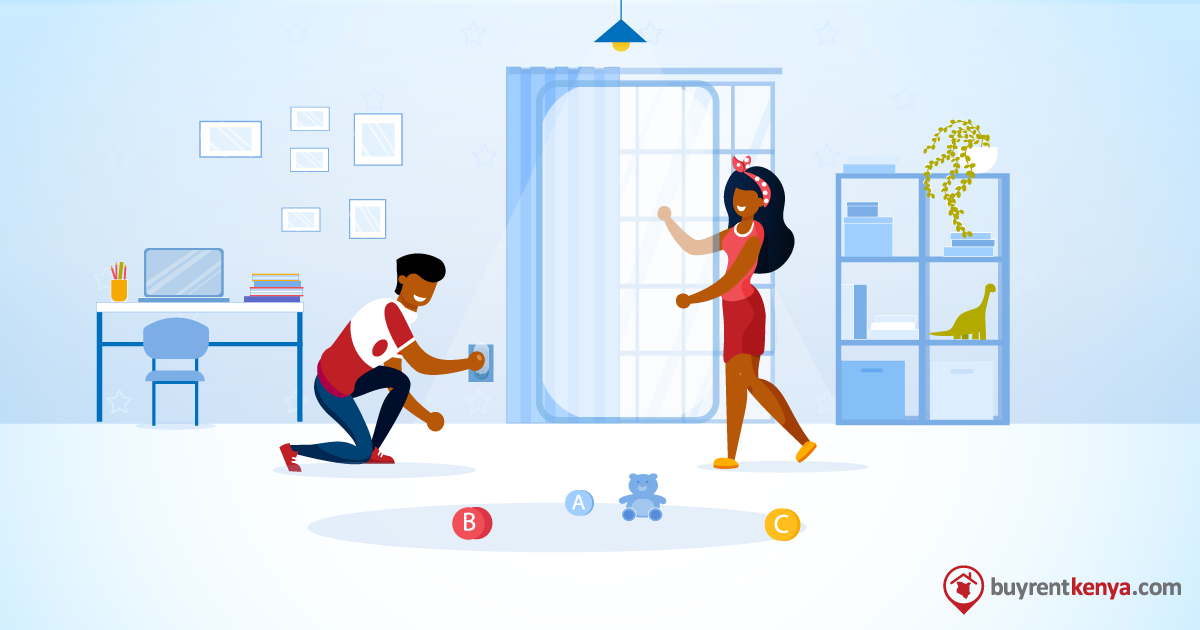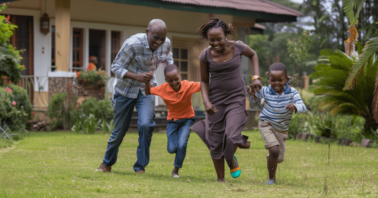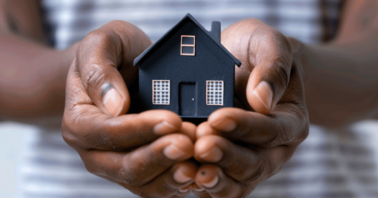As a parent or guardian, your child’s safety is your number one priority at all times more so when they are young and are just starting to move around. Everything feels like a potential danger and you are always on the lookout.
To start with, it is advised to move around your house on your hands and knees so as to bring you to a child’s level. This will give you a good vantage point to see what may be a possible threat to your young one.
Table of Contents
What is Baby Proofing?
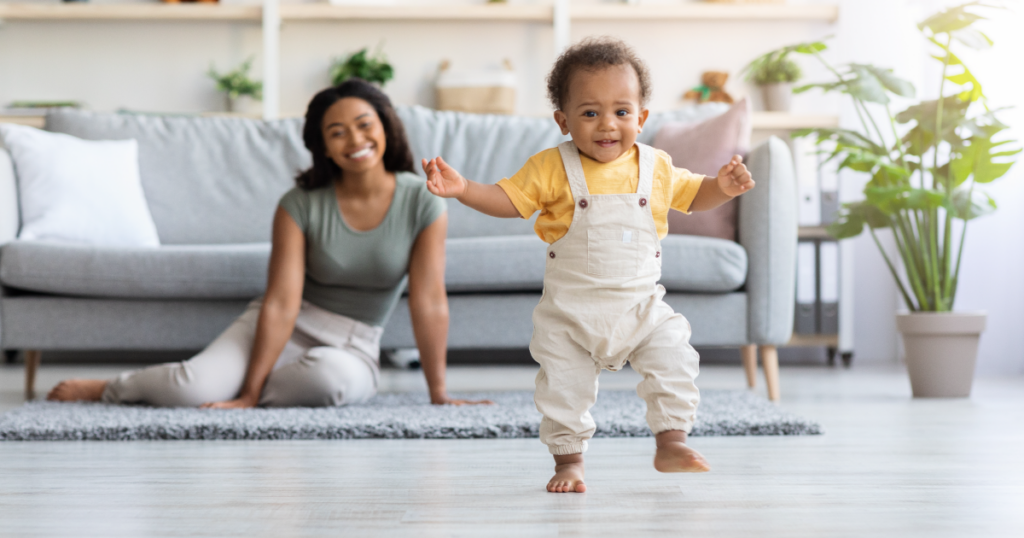
Babyproofing, also known as childproofing, is the process of making a home or environment safe for infants and young children. It involves taking steps to prevent accidents, injuries, and potential hazards that may arise due to a child’s curiosity and mobility.
Babyproofing typically involves identifying and addressing potential dangers in the home and implementing safety measures to reduce the risk of accidents.
Some common areas of focus for baby proofing include:
- Electrical outlets
- Cabinet locks and drawer latches
- Furniture and appliance safety
- Edge and corner guards
- Choking hazards
When to Babyproof Your Home
It is recommended to start baby-proofing your home before your baby becomes mobile or starts crawling, as this is when they begin to explore their surroundings and can potentially get into hazardous situations. However, the exact timing may vary depending on the individual child and their developmental milestones. Some babies start crawling as early as six months, while others may start later.
To ensure your home is safe for your baby, it’s a good idea to begin the baby-proofing process a few months before your baby is expected to start crawling. This will give you ample time to identify potential hazards, gather necessary safety products, and make the required adjustments.
It’s important to note that baby proofing is an ongoing process that continues as your child grows and reaches new milestones. For example, when your baby starts pulling up or walking, you may need to address additional safety concerns such as furniture stability and stair safety.
Ultimately, the goal is to create a safe environment for your baby to explore and grow without unnecessary risks. Regularly reassessing and updating your baby-proofing measures as your child develops will help ensure their safety throughout their early years.
How to Babyproof Your Home
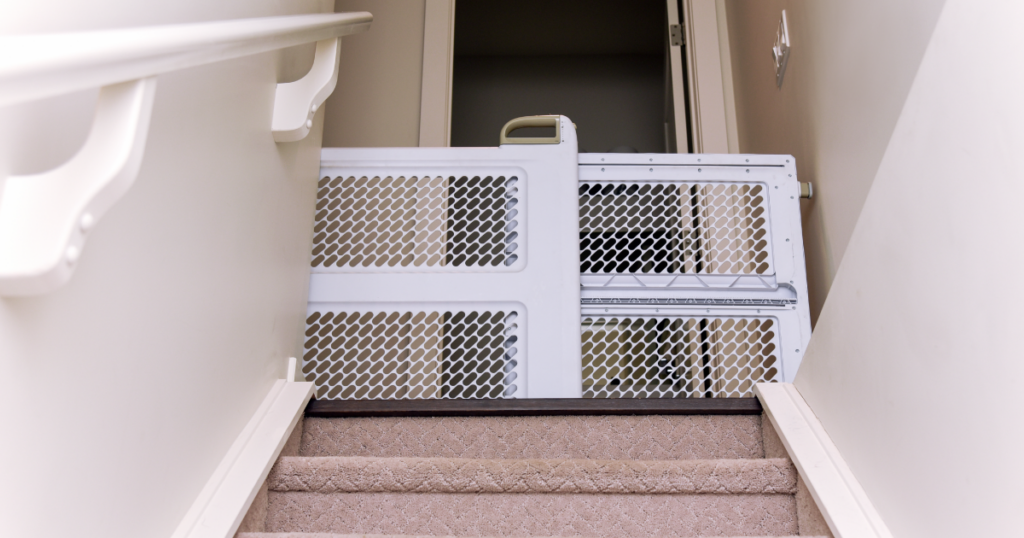
Baby-proofing your home involves several steps to ensure a safe environment for your little one. Here are some key areas to consider and steps to take:
- Identify potential hazards: Walk through your home and look for any potential dangers or hazards from a baby’s perspective. Get down on your hands and knees to see things from their level. Common hazards include sharp edges, electrical outlets, choking hazards, and unsecured furniture.
- Secure electrical outlets: Use outlet covers or plug protectors to prevent your baby from inserting objects into electrical outlets. Make sure to use outlet covers that are difficult for a child to remove.
- Install safety gates: Use safety gates at the top and bottom of staircases to prevent falls. Also, consider using gates to restrict access to rooms or areas with potential hazards.
- Lock cabinets and drawers: Install childproof locks or latches on cabinets and drawers in the kitchen, bathroom, and any other areas where hazardous items are stored. This will prevent your baby from accessing sharp objects, cleaning products, or other dangerous substances.
- Anchor heavy furniture: Secure tall or heavy furniture, such as bookcases, dressers, and TVs, to the wall to prevent tipping. Use furniture straps or wall anchors to keep them stable.
- Cover sharp edges and corners: Use soft corner guards or edge bumpers to cushion sharp edges of furniture, countertops, or fireplace hearths. This will minimize the risk of injuries if your baby bumps into them.
- Secure appliances: Use appliance locks or safety straps to prevent your baby from opening ovens, dishwashers, or refrigerators. Also, keep hot appliances out of reach.
- Check for toxic substances: Keep medications, cleaning products, and other toxic substances locked away or out of reach in childproof cabinets. Make sure to dispose of expired medications properly.
General Guidelines When Babyproofing
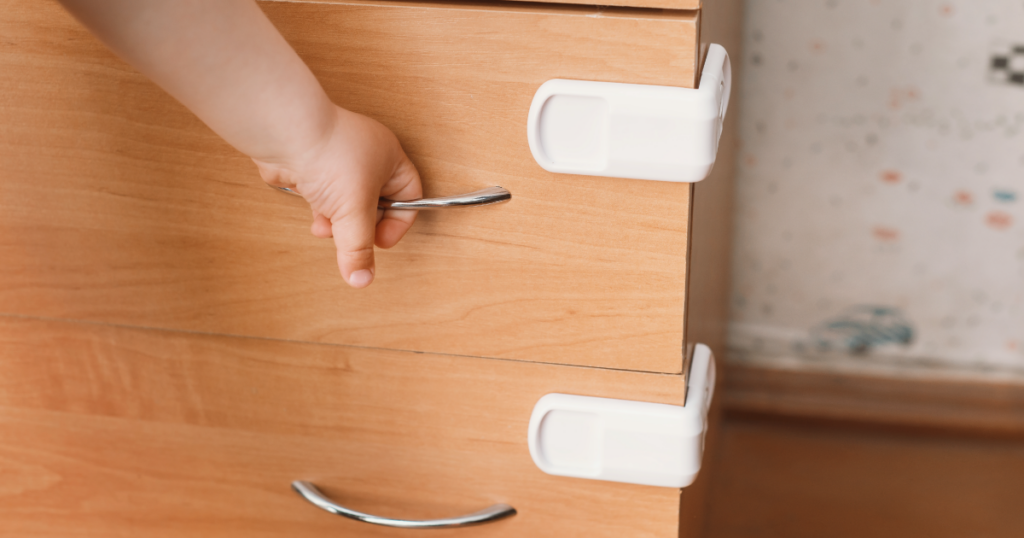
- Ensure that medicine, soaps and sharp objects are always kept away in a locked cabinet.
- Keep all cabinets locked so that your child doesn’t accidentally get caught in between the doors.
- Ensure all electrical cables are stored properly so that your child does not tamper with them.
THE BATHROOM
- Fill the bath just enough to cover your baby’s legs.
- Use warm, not hot water (do an elbow test or use a thermometer to make water 35 degrees C to 37 degrees C)
- Never leave your baby in the bath unsupervised, not even for a few seconds.
- Put a non-slip mat in the bath.
- Put safety guards on toilets to make sure that children can’t get in them, and on any cabinet or drawer that contains medicine or any other hazardous items.
THE KITCHEN
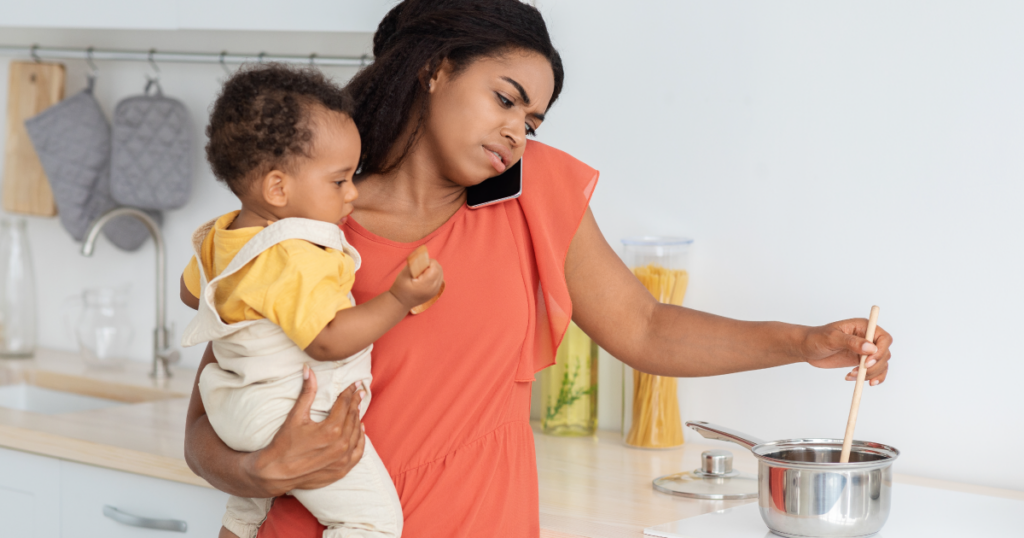
- When in the kitchen, use the back burners which are the farthest from your child’s reach to avoid burns.
- Don’t hold your baby while cooking at the stove.
- Turn pan handles toward the back of the stove.
- Keep matches and lighters in a locked cupboard, away from your baby’s reach.
- Store Knives and other sharp objects in locked cabinets or drawers away from your child’s reach.
- You can use a simple hair tie ensure cabinets stay closed.
PREVENTING BURNS
- Don’t carry hot food or drink around your baby at the same time.
- Keep hot food and drink away from the edge of tables and counters.
- Avoid sipping hot drinks while holding your baby.
- Turn off appliances when you have finished using them.
- Keep hair dryers and hair straighteners out of reach and put them away once you have finished using them.
When Can You Stop Babyproofing?
The decision to stop baby-proofing your home depends on your child’s individual development and behavior. As your child grows older and demonstrates increased understanding and awareness of potential dangers, you can gradually reduce certain safety measures. This typically occurs as your child becomes more mobile, learns to navigate their surroundings safely, and shows responsible behavior. By assessing their abilities, monitoring their behavior, and individualizing the process based on your child, you can make informed decisions about when to adjust or remove specific baby-proofing measures. However, it’s important to continue addressing ongoing risks, maintain supervision, and teach your child about safety to ensure their well-being as they grow.
In Conclusion
Do keep in mind that these tips are nowhere near exhaustive. There is a lot more that can be done. Ensuring the safety of your child is of utmost importance, which is why it is essential to babyproof or childproof your home to minimize accidents. To assist you in this process, we offer some essential babyproofing suggestions. These include utilizing safety gates to prevent falls on stairs, implementing locks or latches on cabinets and drawers containing hazardous items, employing outlet covers for electrical sockets, and securely anchoring and fastening large, unstable furniture to the walls. These measures are just a few examples of how you can create a safer environment for your little one.
